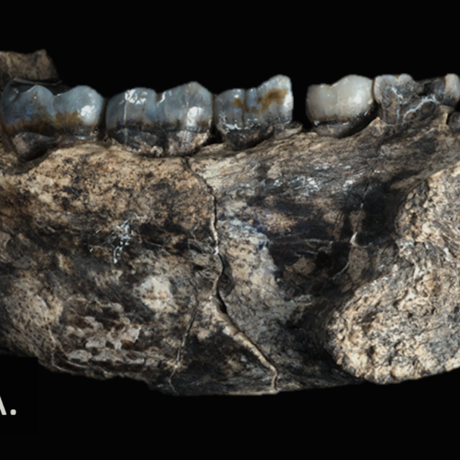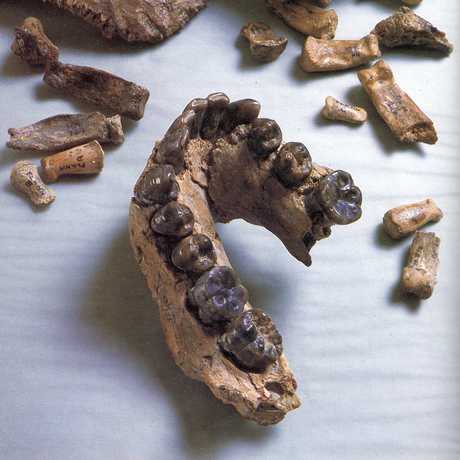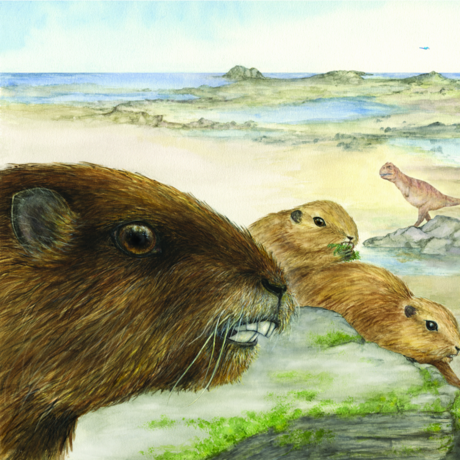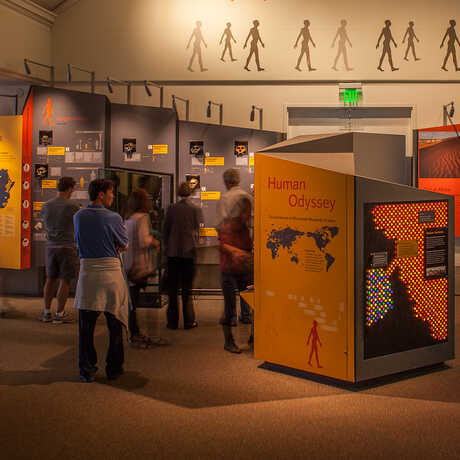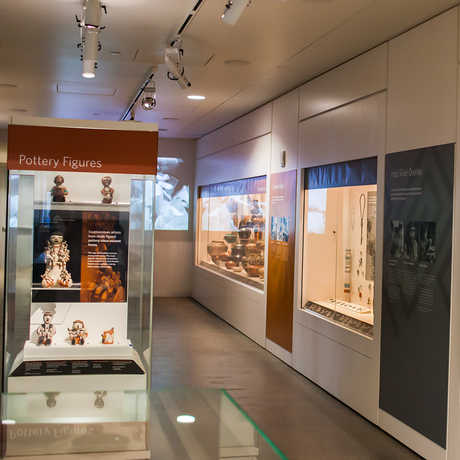Academy Research Associate Zeray Alemseged leads the annual Dikika Research Project (DRP) expeditions. For the past 12 years, he's taken international teams of researchers—specializing in paleoanthropology, paleontology, geology, archaeology, and more—to research sites in Dikika and its surrounding regions.
Scientific Expeditions
Ethiopia: The Dikika Research Project

The Afar region in Northeastern Ethiopia has played host to some of the world's most important hominin discoveries. The two most influential to date are the 1974 discovery of the famous "Lucy" skeleton, and Academy Research Associate Dr. Zeresenay Alemseged’s 2000 discovery of “Selam,” a 3-year-old Australopithecus afarensis female that predated Lucy herself.
Since 1999, the Academy has conducted annual field seasons in this fossil-rich area of east Africa as part of the Dikika Research Project, an effort founded by Alemseged. "We built the first and only road into the Dikika site in order to begin working there in 1999," says Alemseged. "Today, that road is used to deliver polio vaccines to the local population, which I’m very proud of."
The Team
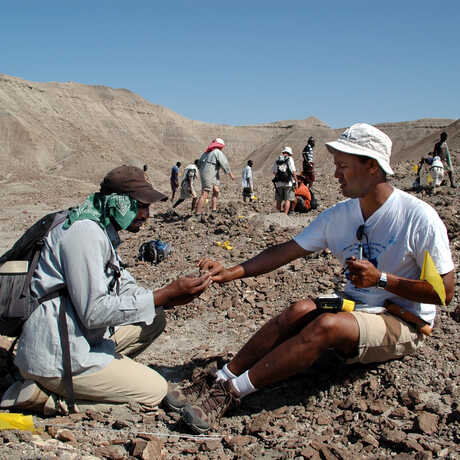
Selam’s Surprises
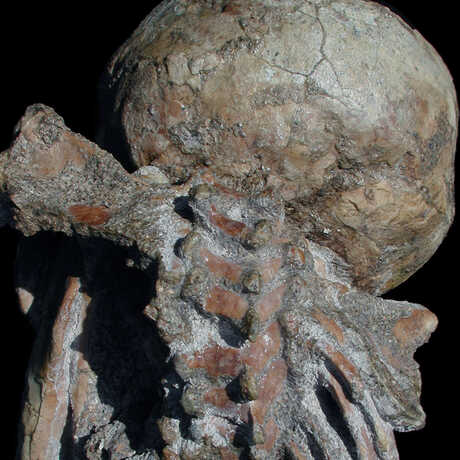
Alemseged's landmark 2000 discovery of "Selam"—the 3.3 million-year-old fossil of an Australopithecus afarensis girl—was the most complete skeleton of a human ancestor ever found, and one that continues to shed new light on human origins. In 2010, Alemseged's team found fossilized bones in Selam's vicinity that showed marks of tool use—a finding that pushed the date of human tool use and meat consumption back by almost a million years. And in 2012, an analysis of Selam's shoulder blades revealed that our ancestors abandoned tree-climbing much later than many researchers had previously thought.
Unraveling Human Origins
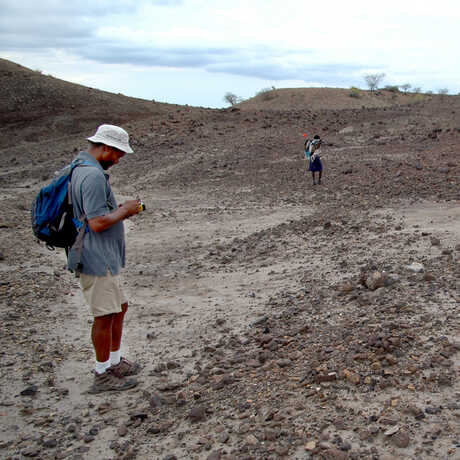
DRP researchers search for fossils of early human ancestors, other animals, and plants to better understand how landscapes and climate have changed over millions of years, and how those changes affected the morphology, behavior, and evolution of our ancestors. Alemseged and his teams are particularly interested in determining how many hominin species were present between 0.5 and 4 million years ago, and how those species lived and interacted with the animals and plants in their surroundings. Data from DRP work is made available to the wider paleoanthropological community, to enable international collaborative research.
A Giant Extinct Otter
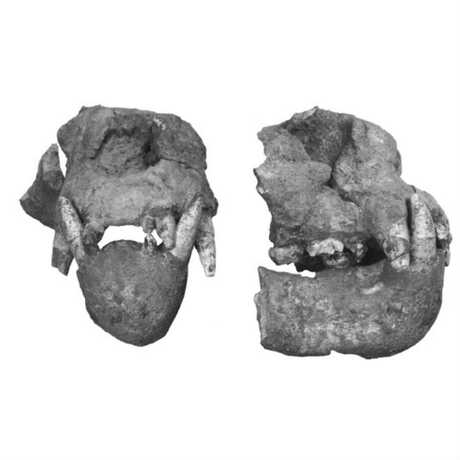
Dikika researchers' discoveries include one especially striking new species of mammal: Enhydriodon dikikae, a gigantic otter that dates back to approximately 4 million years ago. Described from part of a skull and lower jaw, E. dikikae—weighing an estimated 220 pounds and featuring a nearly foot-long skull—was far more imposing than the cuddly looking otters familiar to us today. The specifics of its diet are still unknown, but a battery of robust teeth suggests possibilities that include shellfish, catfish, turtles, ostrich eggs, and juvenile crocodiles.
The Academy's Department of Anthropology focuses on the study of human evolution and cultural diversity. Meet the researchers, explore projects and expeditions, and more.
